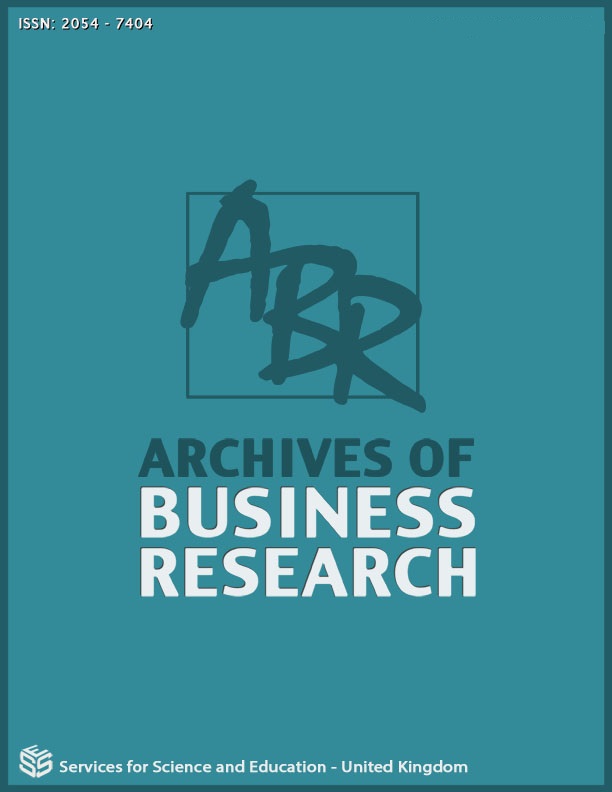A comparison of the Exxon Valdez, Torrey Canyon and Amoco Cadiz oil spills: Challenges, lessons learned and impacts on International Environmental Legislation
DOI:
https://doi.org/10.14738/abr.105.12249Keywords:
Amoco Cadiz, Exxon Valdez, Marine Environment, Oil Spill, Torrey CanyonAbstract
Water forms a great chuck of our planet earth. It still remains the most cost-effective way of moving great volumes of cargoes from one location to the other. The marine environment is very fragile and that ecosystem should not be degraded. Human error accounts for over eighty percent of accidents that occur at sea. It is even more this disturbing if the pollution is by caused by oil. Oil contains hydrocarbons which are deadly with high toxicity and affecting the marine life and the immediate environment which surrounds the place of the spill. The ecosystem is thrown out of balance as substantial damage is done to the marine flora and fauna which is either severely damaged or die. When oil gets in contact with seawater, certain processes immediately occur. The processes are physical, chemical and biological in nature as in oil dispersion, evaporation, emulsification, and a biodegradation occurrence. Three major oil spills by namely the Exxon Valdez, Torrey Canyon and Amoco Cadiz greatly impacted the marine environment and its coastal surroundings. This paper will interrogate these marine environmental disasters and their impacts when these spills occurred. It will also explain the major challenges that occurred dump these major oil spills, the challenges and lessons learned and their culminating impacts on international environmental legislation.
Downloads
Published
How to Cite
Issue
Section
License
Copyright (c) 2022 Nana Boateng

This work is licensed under a Creative Commons Attribution 4.0 International License.






